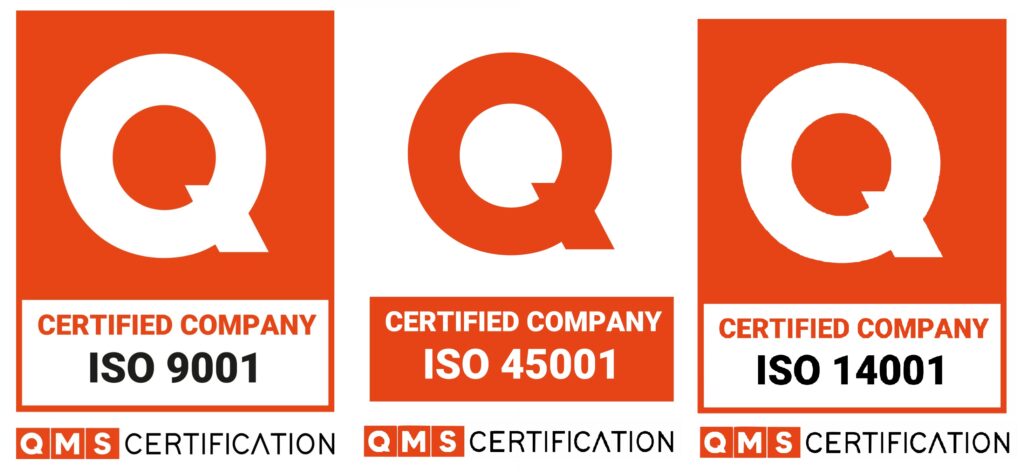

Target audience: Professionals in the electrical field or who work close to electricity.
Program Content:
1 – Introduction to safety with electricity: generation, transmission and distribution
2 – Risks in electrical installations and services
– Contact burns;
– Arc burns;
– Burns caused by metallic vapor;
Electromagnetic fields.
3 – Risk analysis techniques
– UVA, UVB and UVC rays;
– Effects of solar radiation on the body;
4 – Electrical risk control measures
– Sectioning;
– Preventing re-energization;
– Verification of the absence of tension;
– Installation of temporary grounding with equipotentialization of circuit conductors;
– Protection of energized elements in the controlled area;
– Installation of re-energization prevention signage.
– TN scheme;
– TT scheme;
– IT schema;
5 – Brazilian technical standards
6 – MTE Regulations
7 – Collective protective equipment – EPC
8 – Personal protective equipment – PPE
9 – Work routines
10 – Documentation of electrical installations
11 – Additional risks
12 – Fire protection and fighting
13 – Accidents of electrical origin
14 – First aid
15 – Responsibility

Proporcionar soluções completas e definitivas à nossos clientes e parceiros em nossas áreas de atuação.
2017 – Arsan. Todos os Direitos Reservados. Desenvolvido por Fabricando Web